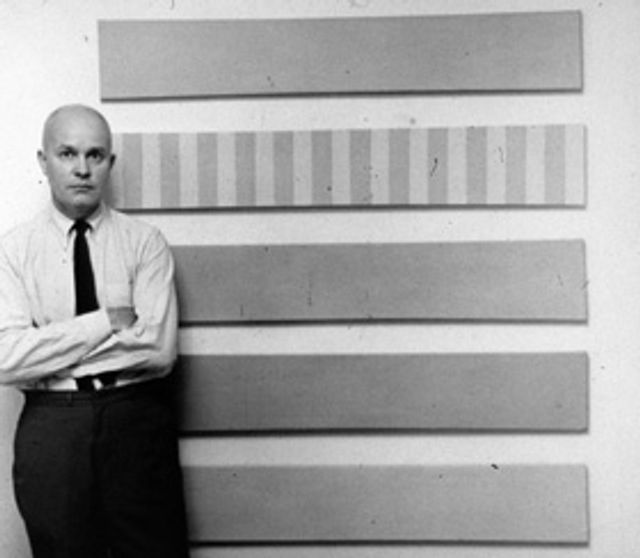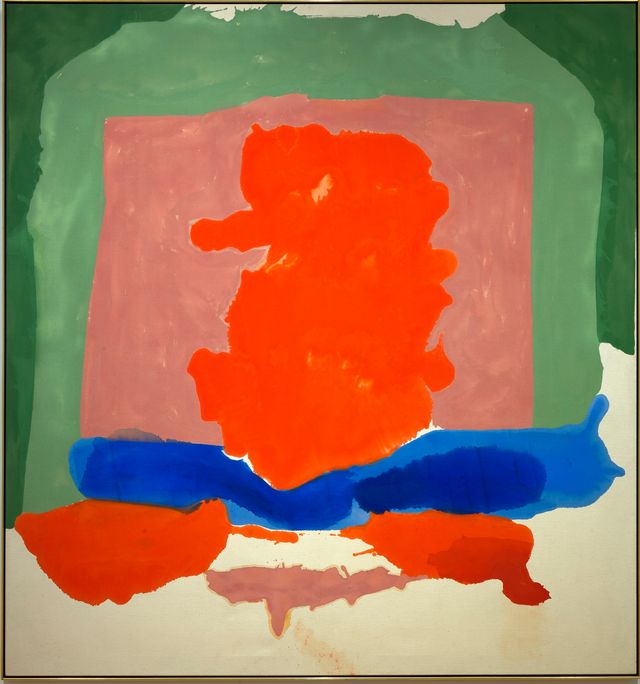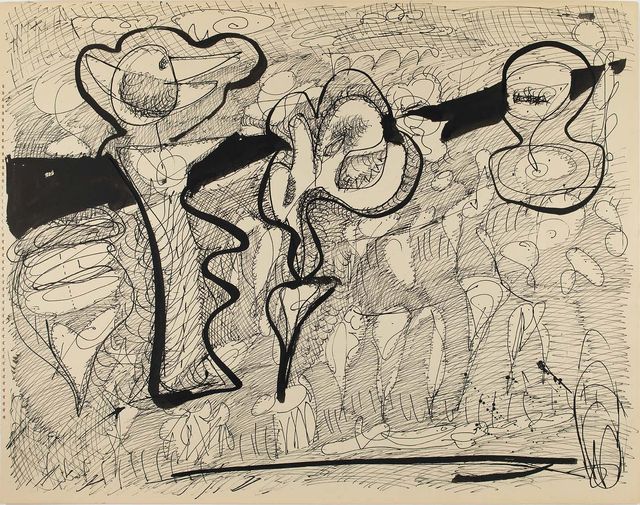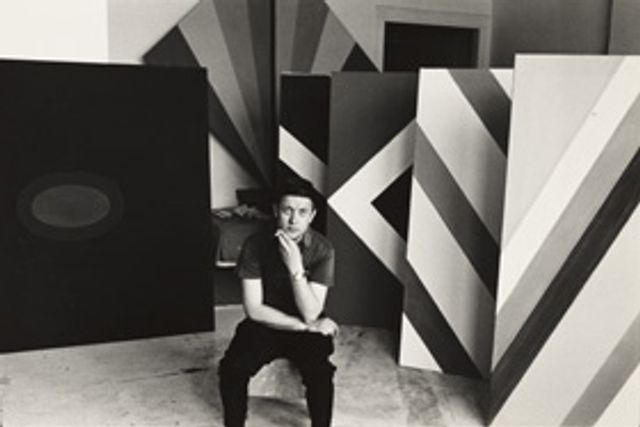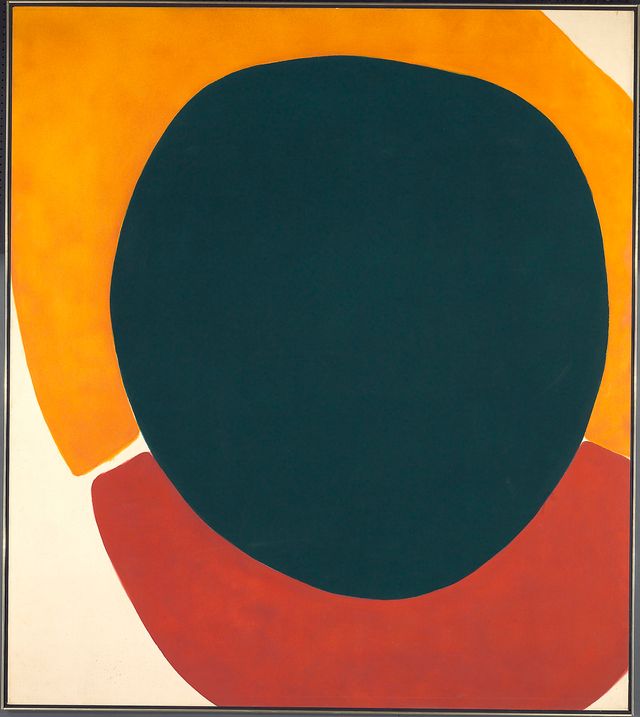Color as Field: American Painting, 1950 – 1975

Jules Olitski, Cleopatra Flesh, 1962, synthetic polymer paint on canvas, 104 x 90 in., The Museum of Modern Art, New York; gift of G. David Thompson, 1964 (262.1964) © The Museum of Modern Art/Licensed by SCALA/Art Resource, NY © Jules Olitski/Licensed by VAGA, New York, NY. Courtesy of the American Federation of Arts
Color as Field: American Painting, 1950 – 1975 is the first ever full-scale examination of the sources, meaning and impact of the Color Field movement. Color Field painting, which emerged in the United States in the 1950s, is characterized by pouring, staining, spraying or painting thinned paint onto raw canvas to create vast chromatic expanses.
Description
These works constitute one of the crowning achievements of postwar American abstract art. The exhibition includes 39 beautiful and impressively scaled paintings by such major figures as Gene Davis, Helen Frankenthaler, Morris Louis, Kenneth Noland and Jules Olitski. Color as Field presents a remarkable opportunity for viewers to fully comprehend the aims of these artists, view their finest works in close relation to each other and experience the beauty and visual magnetism of their pictorial handling of space and color.
Karen Wilkin, a specialist in twentieth-century modernism who has published widely on this period, is the curator of the exhibition; Joanna Marsh, The James Dicke Curator of Contemporary Art at the museum, is the coordinating curator in Washington.
Visiting Information
Videos
Credit
Color as Field: American Painting, 1950–1975 is organized by the American Federation of Arts.This exhibition is made possible, in part, by grants from the Henry Luce Foundation and the National Endowment for the Arts as part of American Masterpieces: Three Centuries of Artistic Genius. The exhibition's presentation at the Smithsonian American Art Museum is made possible by the Gene Davis Memorial Fund, Golden Artist Colors, Oriana and Arnold McKinnon, Betty A. and Lloyd G. Schermer, Mike Wilkins and Sheila Duignan, and the Smithsonian Council for American Art.
Exhibition Catalogue
The accompanying catalogue includes essays by Wilkin and Carl Belz, director emeritus of the Rose Art Museum at Brandeis University.
Artists
[Gene Davis was] a major figure in 20th-century American painting whose contribution was invaluable in establishing Washington, D.C., as a center of contemporary art.
Helen Frankenthaler's works helped redefine painting. From the Renaissance on, a painting was considered a window onto the world, through which one saw an illusion of reality.
Kenneth Noland studied at Black Mountain College in North Carolina, a school that encouraged experimental art. Well into the 1950s, the college supported artists of all kinds, from painters who wanted to dance to musicians who wanted to sculpt.














